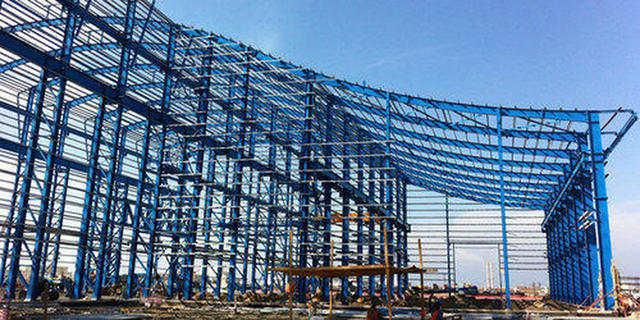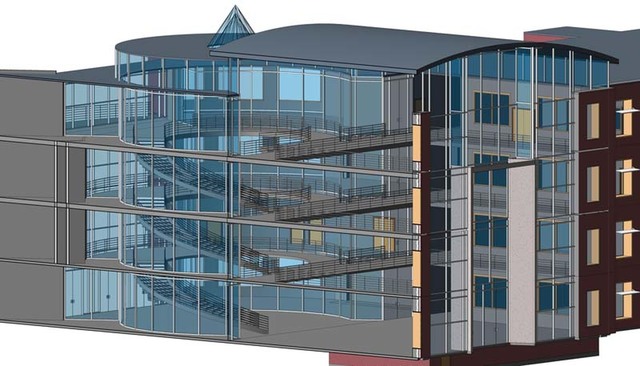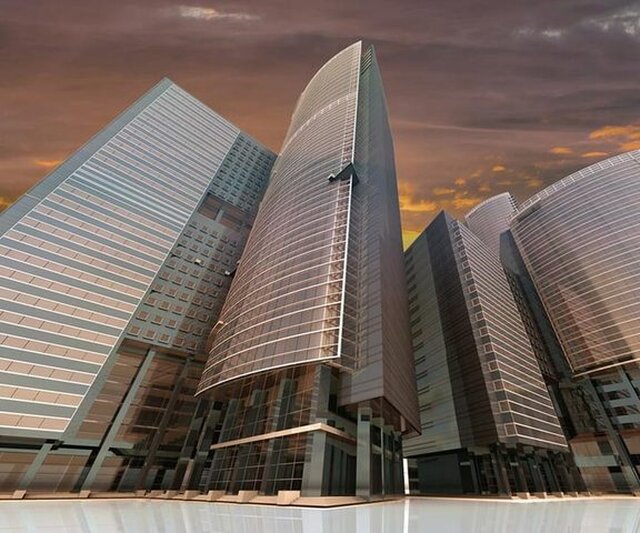This post covers how 3D virtual reality rendering is shaping the construction industry. Many of today’s construction projects are characterized by short-term partnerships between multidisciplinary teams like architectural design services, engineers, heavy equipment operators, designers, and so on. Every team has its own level of experience and information-handling capabilities, which may cause all sorts of miscommunications during the project.
Construction is similar to the product development process, where professionals work together to convert ideas into something tangible. A notable difference is that construction projects often aim to build large-scale products such as houses, bridges, public facilities, and fabricated structures. Because the product is so massive, the construction project is usually a slow process for cost savings. Virtual reality, in combination with freelance 3D CAD design services, offers a new way to save money. Instead of re-examining every step of the project, it’s better to get the planning done right the first time with renderings of 3D models and VR accessible to those working on the project.
While 3D CAD has been used extensively in the construction industry, VR usage seems to be a little sporadic. It is most often used from the perspective of visualizing a design for a client rather than for its potential benefits to the construction team. VR technology is still in its infancy, especially in the construction industry. That said, everyone is on the same page, hoping VR will someday earn a prominent place and make construction work easier.
Main advantages of VR rendering services
VR is used in a wide range of industries, including construction. It gives the 3D architectural visualization services, management, employees, and clients a more realistic view of what to expect during and after a construction project. Even before construction begins, VR can play an essential role in ensuring workers’ safety and providing a clear understanding of what can be changed to boost productivity. With clear planning and effective management beforehand, the construction industry can avoid costly overruns.

For most people, VR technology is a thing of the entertainment industry. They’re not wrong, even though the technology’s early developments were mainly for research purposes in the medical, automotive, and military fields. In 2010, VR created such a buzz that everybody thought it would be the next big thing. The interest dwindled over time, but the development keeps on going anyway.
These days, most mainstream applications of VR are for entertainment purposes. When someone mentions VR, people immediately think of futuristic-looking headsets to play games and watch movies. VR technology is heading toward practical implementation in the construction industry. The idea behind it is to see what a structure looks like when construction is complete, not by seeing rendered images and videos on screen, but by having interactive experiences with the structural elements.
RELATED: How Virtual Reality Rendering is Changing the 3D Design Service Industry
It’s like playing games. The most significant difference is that in the construction industry, the players are put in digital environments to explore and feel the atmosphere inside the structure or find room for improvement. Those are not just ideas in the current VR development stage but already fully implemented approaches to the construction industry with great success. One can almost say that VR is changing the industry to a great extent on many fronts.
Design
While no one denies that 3D renderings can accurately depict construction concepts, VR technology is ten times better. Renderings on a computer screen, especially animation, can take 3D architectural animation services into the structure they’re creating, although the experience’s interactivity aspect is close to none. On the other hand, VR technology offers some basic interactivity levels depending on how well the software is used.
For example, opening a door, watering a plant, turning on the TV, feeding a pet, and so on. The experience that architects get through VR also helps to get the fine details precisely right. They are inside the structure they’re designing, albeit virtually, with a clear view of everything in 360-degree for a more thorough design review process.
Marketing
In addition to the design review process, marketing is an area of the construction industry most heavily affected by VR technology. If engineering design services use VR to find room for improvement, clients’ usage is pretty much limited to view-only. More than anything, it’s a great marketing strategy; clients are eager to try new products before they buy, and VR provides the platform for that. Potential buyers will then understand the scale of the structure and what to expect when it’s done. A design team can also ask a client for feedback and consider their input during the construction process.

Furthermore, implementing VR technology into marketing doesn’t have to be expensive. High-quality VR headsets are getting more affordable, and common smartphones can be retrofitted to function like those as well. If the marketing budget is tight, it’s possible to use a desktop interface that gives a VR-like experience. The way that development is going, it wouldn’t be farfetched to see both VR and AR technologies in more construction sites within the next decade or so, even for small projects like home repairs. Within the construction industry, the main user is the real estate business, where marketing professionals offer clients the luxury of viewing properties even before construction begins.
Renovation
If VR technology can provide a clear view of virtual properties, it can also create the digital version of an existing structure. As long as the structure has a digital model that can be converted into a VR file, it is not that difficult. The most viable implementation of the idea in the construction industry is for renovation projects.
It is not unusual for centuries-old properties to receive some significant overhaul and use modern features or appliances. With VRs help, the 3D visualizer service can be sure whether a large bathtub or an extension should fit buildings constructed in the 1900s. Construction managers may also use VR to help maneuver heavy equipment through a tricky path to reach the homeowners’ backyard.
Safety and training
A construction site is a high-risk environment—even more so in large-scale projects. Comprehensive training is essential to prepare workers for the possibility of high-risk demanding tasks and train them to avoid the risks of accidents and injuries on the job. Both video learning and VR are becoming popular platforms to let workers know about the importance of safety and best practices to prevent unexpected incidents and what to do when an accident happens to minimize injuries, damage to properties, and financial loss.
RELATED: How the Construction Industry Benefits from Architectural Visualization Services
For example, it makes little sense for a heavy equipment operator recruit to train using a forklift in an actual job site. Although the experience of being involved in a real-world work environment would later become an invaluable asset, the risk is just too significant to overlook. The inexperienced will make mistakes, which may pose a risk of injury to other workers.
VR is the answer to the problem. It allows recruits to train in a virtual world filled with everything they expect to see in the real-word. Such a training method is safe and effective without all the risks. Trial and error are allowed, yet there is no risk of injury and damage to equipment.

For construction drawing companies that often work overseas in unfamiliar work environments, VR helps workers get used to the idea of being in a different job site. Best of all, they can train at the local office (or perhaps home), which translates to reduced operational costs as the company doesn’t have to send workers off to train on an upcoming site. Assuming that construction should occur in a place with extreme weather or heat, VR training conducted in a climate-controlled room is a great idea.
Site inspection
To aid communication between office and field workers, VR has become mature enough to allow individuals in different locations to see the same plans. The most practical usage is during construction inspection, where a design can be loaded to the actual site in scale. An inspector can then analyze and confirm progress or identify errors. Such application does not address issues with the building itself but emphasizes other aspects of construction such as grading, earthwork, utilities, roads, etc.
A real advantage of the application is the ability to pinpoint mistakes early on. A slight miscalculation on-site can affect construction progress because the error may change orders and add to the project’s time and cost. In one theoretical scenario, VR will eventually be advanced enough to let architects and mechanical engineering services see the 3D model of an existing structure, generate BIM data as overlay information, recognize potential issues, and devise a solution.
Fewer delays
If there is a type of work in which maintaining a timeline is extremely difficult, it would be a construction project. The bigger the project is, the more challenging it is to determine the exact completion time. But this is not unusual because small changes or minor issues—which can and do happen—can delay a project for days, if not weeks.
Quick adaptation to real-world work environments is of the utmost importance to keep up with the tight schedule. VR technology is a great tool for management to see if changes are required and to devise the most viable solution to deal with them.
Cad Crowd’s VR design services are at your disposal
At Cad Crowd, we have the privilege of working with hundreds of the best VR design services in the world. If you’re looking for help with a project, find out how it works today.
